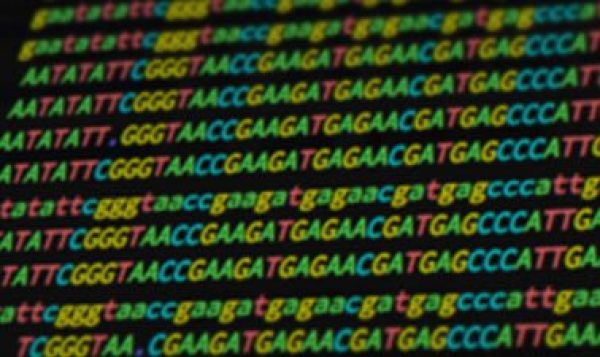
We begin with an introduction to the relevant biology, explaining what we measure and why. Then we focus on the two main measurement technologies: next generation sequencing and microarrays. We then move on to describing how raw data and experimental information are imported into R and how we use Bioconductor classes to organize these data, whether generated locally, or harvested from public repositories or institutional archives. Genomic features are generally identified using intervals in genomic coordinates, and highly efficient algorithms for computing with genomic intervals will be examined in detail. Statistical methods for testing gene–centric or pathway–centric hypotheses with genome–scale data are found in packages such as limma, some of these techniques will be illustrated in lectures and labs. Given the diversity in educational background of our students we have divided the series into seven parts. You can take the entire series or individual courses that interest you. If you are a statistician you should consider skipping the first two or three courses, similarly, if you are biologists you should consider skipping some of the introductory biology lectures. Note that the statistics and programming aspects of the class ramp up in difficulty relatively quickly across the first three courses. By the third …
Instructor Details
Courses : 7
Specification: Introduction to Bioconductor
|
1 review for Introduction to Bioconductor
Add a review Cancel reply
This site uses Akismet to reduce spam. Learn how your comment data is processed.
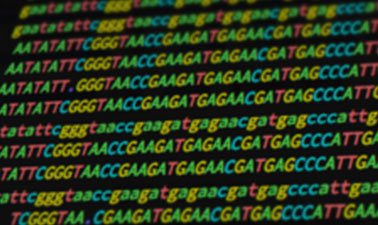
| Price | Free |
|---|---|
| Provider | |
| Duration | 15 hours |
| Year | 2020 |
| Level | Intermediate |
| Language | English |
| Certificate | Yes |
| Quizzes | No |

FREE

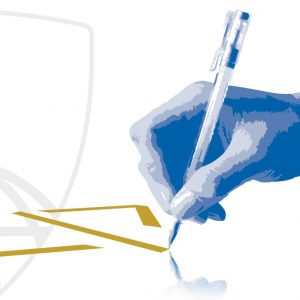


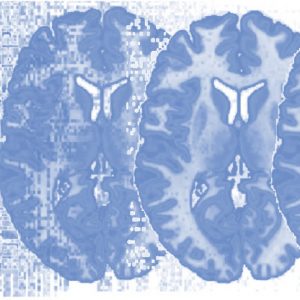
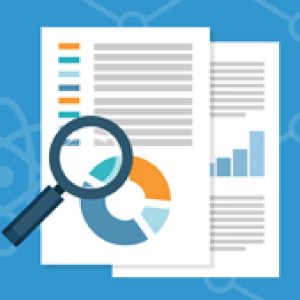
Brandt Pence –
(Note that I took these before the recent reorganization. I believe portions of this course are now included in a different course in this sequence.)
This is the fourth course in the PH525 sequence offered by EdX. It is technically possible (based on the stated prerequisites) to take this course second after PH525.1x, but I would highly recommend finishing all 3 previous courses (PH525.1x, PH525.2x, and PH525.3x) before taking this course.
The course is an introduction to the Bioconductor packages for R. This course is certainly somewhat easier than the preceding course (PH525.3x), especially in the first few weeks, but the difficulty level ramps up considerably towards the end. This is a decent introduction to Bioconductor, but it suffers from the same issue that plagues the previous courses in this sequence. Basically, the analyses that are necessary for this type of genomic data are, if not difficult to understand, then at least difficult to program. This is mostly a problem of data wrangling, as once the data are in their proper form, the analyses are not particularly difficult. However, because the data are so complicated, there is a lot of code pre written for the students, and thus students will come out of the class with an overview of various Bioconductor packages, but most won’t be able to run through a complete analysis of actual data de novo. I have hopes that the upcoming case studies will rectify this somewhat.
Otherwise, this is a pretty good class, about on par with the previous courses in the sequence. The lowest three homework scores are dropped here, which is intended to allow students to choose (if they desire) to do the homeworks only for the microarray or for the next generation sequencing tracks in week 3. I did both, even though microarrays are close to obsolete due to the advent of RNA seq. This allowed me to skip several questions in a few of the homeworks and to omit the last section on parallel programming and software engineering entirely and still to finish with a 100% score in the course.
Overall, four stars, the same score I’ve given the previous courses in this sequence. You won’t come away from this course as an expert in Bioconductor or in analysis of genomic data with R, but it’s a solid foundation that will allow you to more easily learn the details when/if you have to analyze your own original data using these software packages.